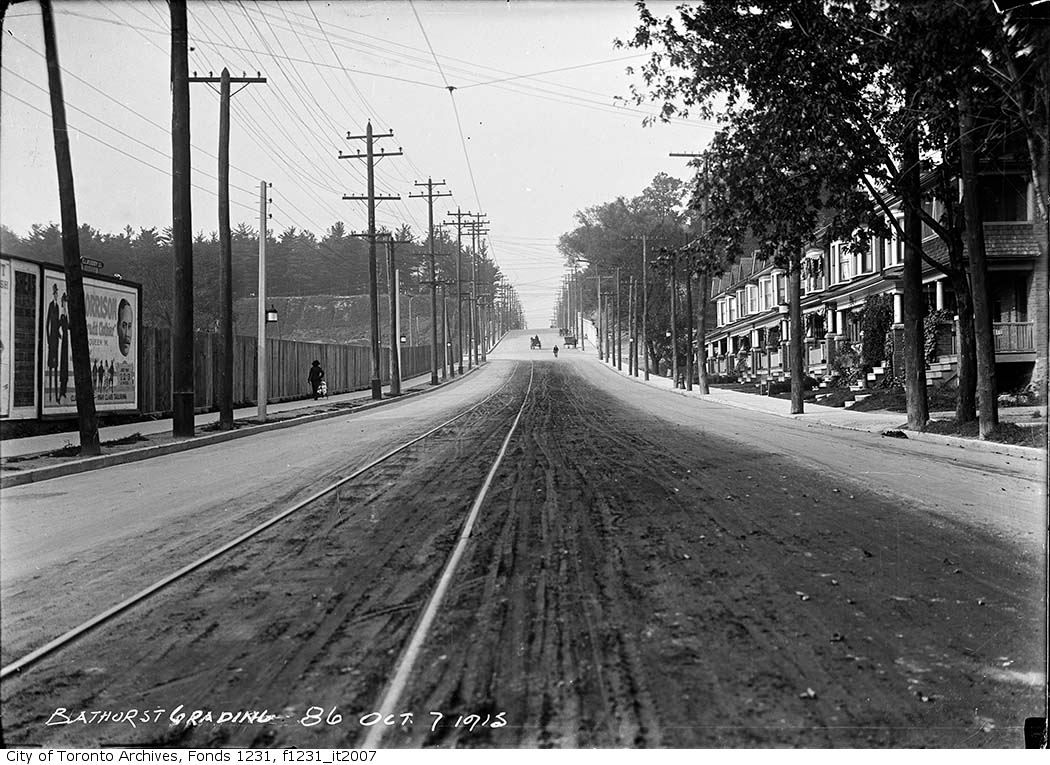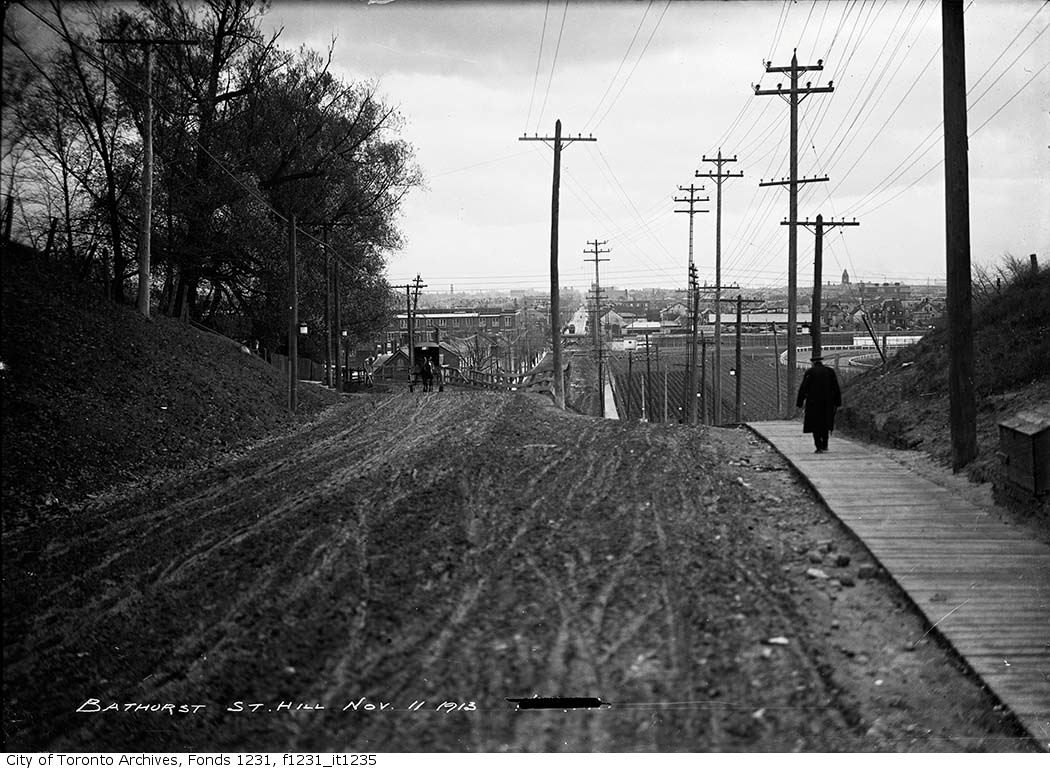thecharioteer
Senior Member
This reminds me Mustapha, someone always comments on the lack of people in the street scenes of the NOW photos as compared to the THEN ones from the archives. Especially in the downtown streetscapes.
But I hazard to guess that particularly when the financial district is concerned, many of the THEN photos were taken on a weekday by a paid city photographer. However, many of the NOW ones are taken by amateurs on their days off, more than likely Sunday afternoons.
Would this be the case?
I once read that the two inventions that most affected urban street life were television and air conditioning. Add to this indoor shopping (both malls and underground), home "theatres", and backyard decks and there goes the street life.
We also have to remember (as was brought up when we were discussing the blocks around Yonge and Adelaide) that neighbourhoods change and become less interesting to pedestrians. Other streets seem impervious and survive changes in use and fashionability (most of Yonge Street), or go through declines and then come back (King East, Queen West). Other streets are neighbourhood centres that evolve to become city-wide destinations (The Danforth, Queen East in the Beaches, College in Little Italy).


























